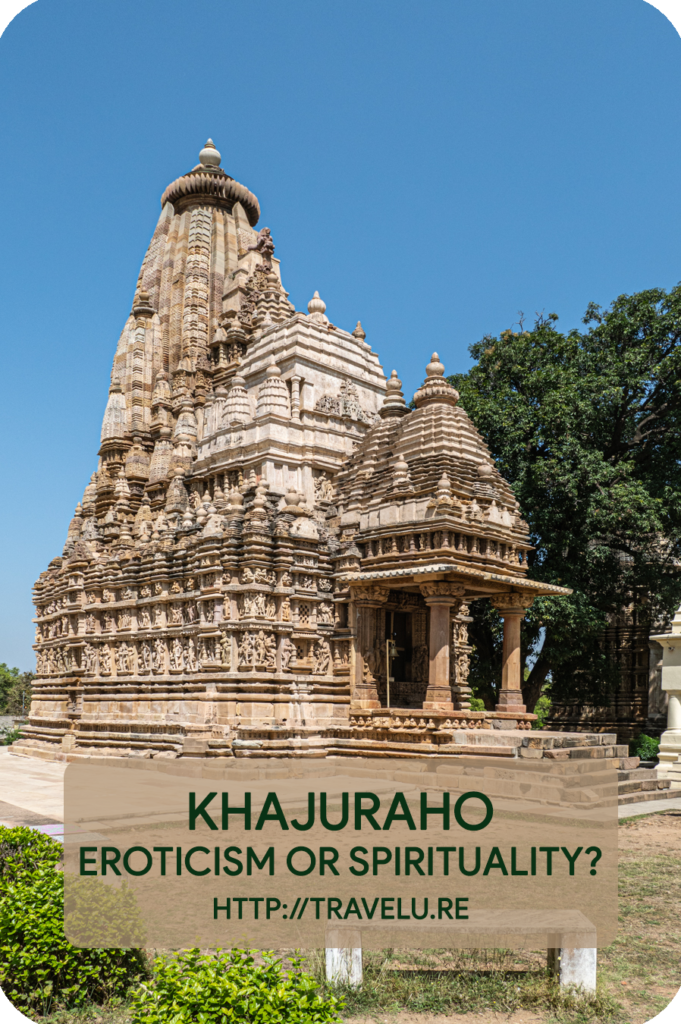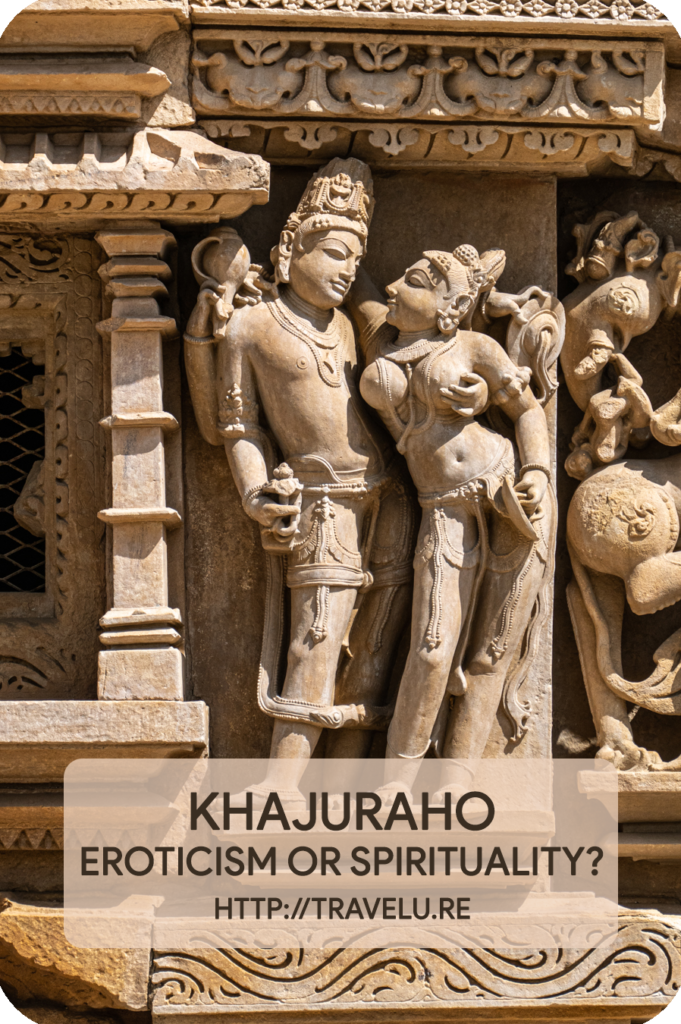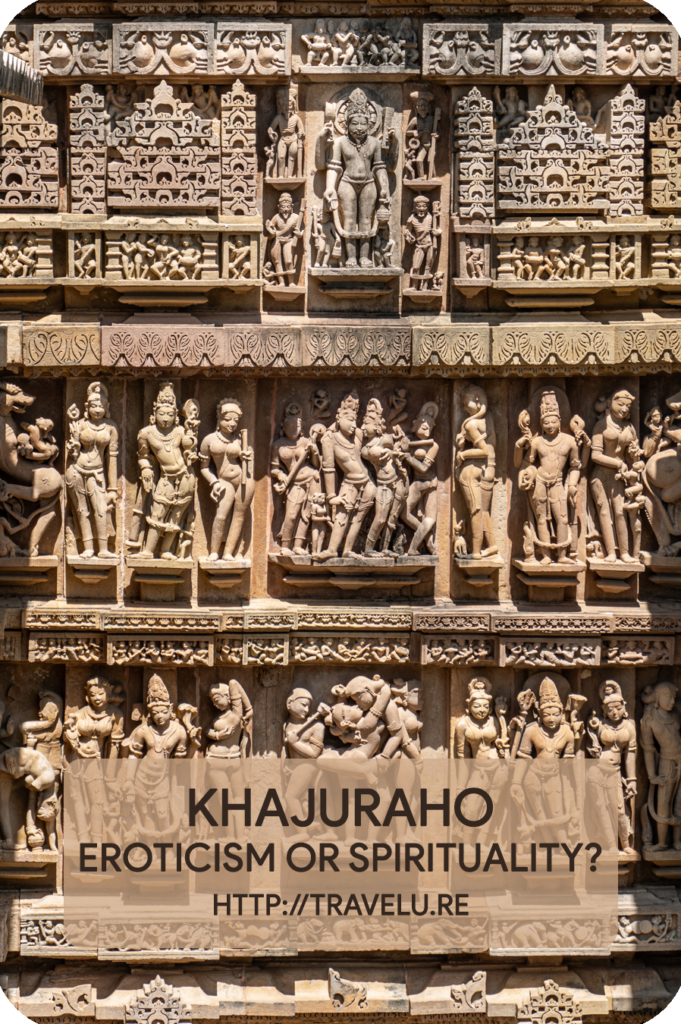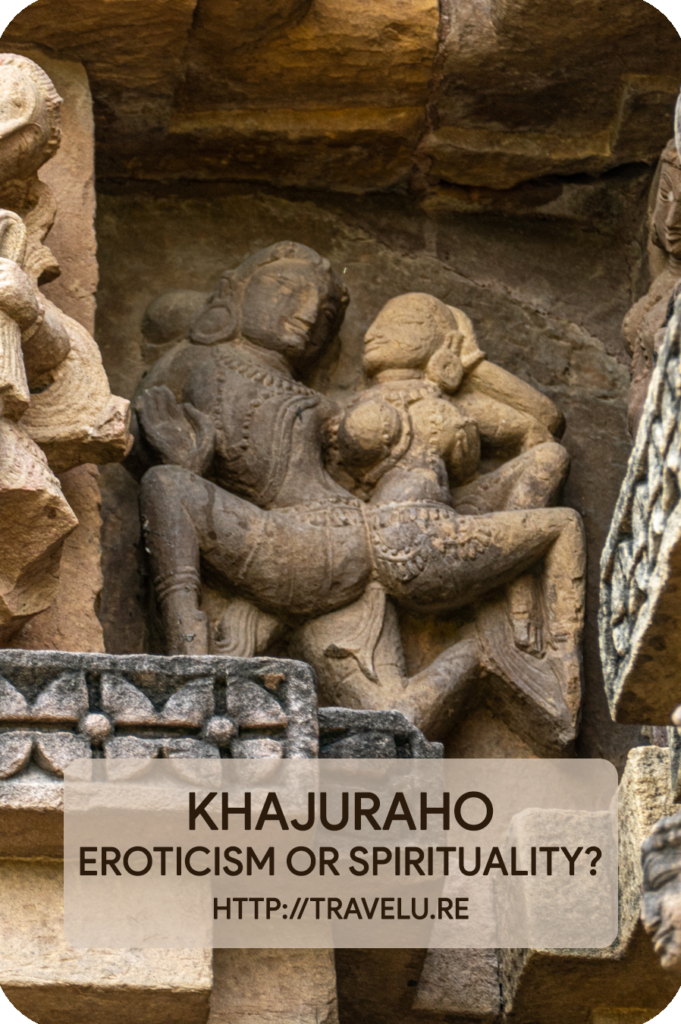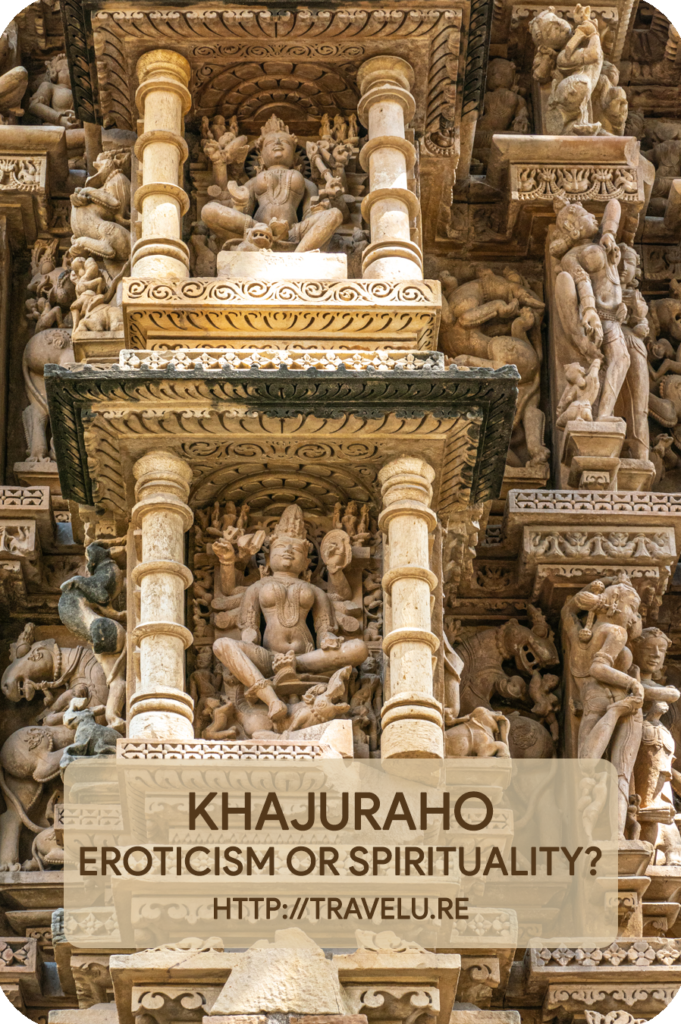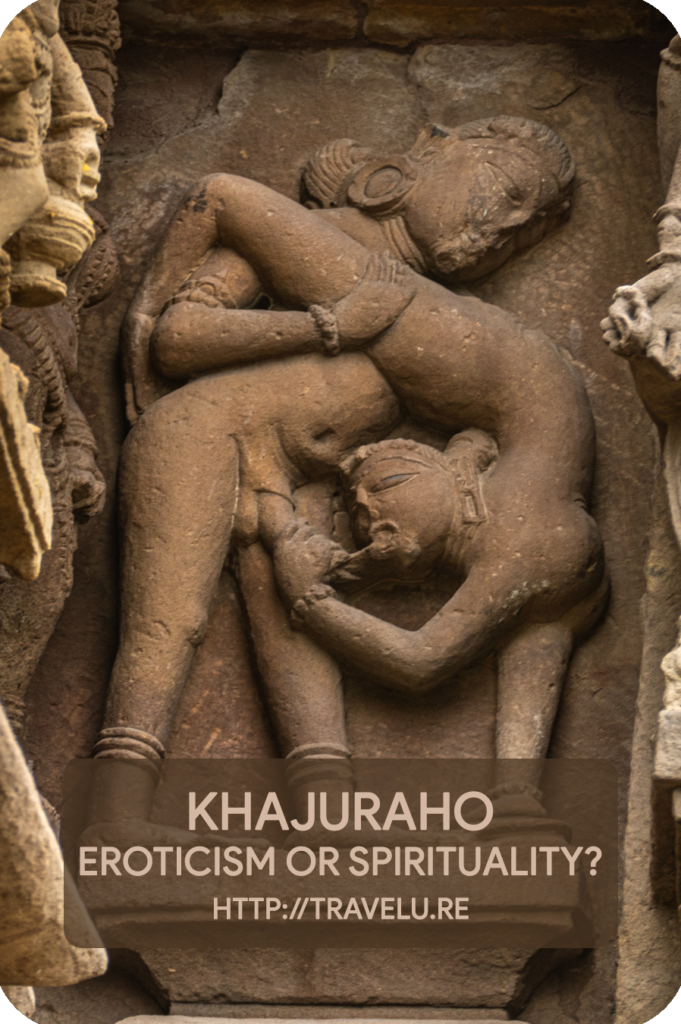From Chanderi – a town of dichotomies, let’s go over to Khajuraho – a town that courts controversies.
Khajuraho – Eroticism or Spirituality?
On the cusp of the first and the second millennia CE, the Chandela dynasty was at its peak. Khajuraho, a small isolated town in today’s Madhya Pradesh, was a part of their kingdom. These kings were god-fearing, family-oriented, ethical, and not debauched. Yet, they commissioned 85 temples with exteriors adorned with vivid sculptures and bass reliefs of foreplay and sexual acts.
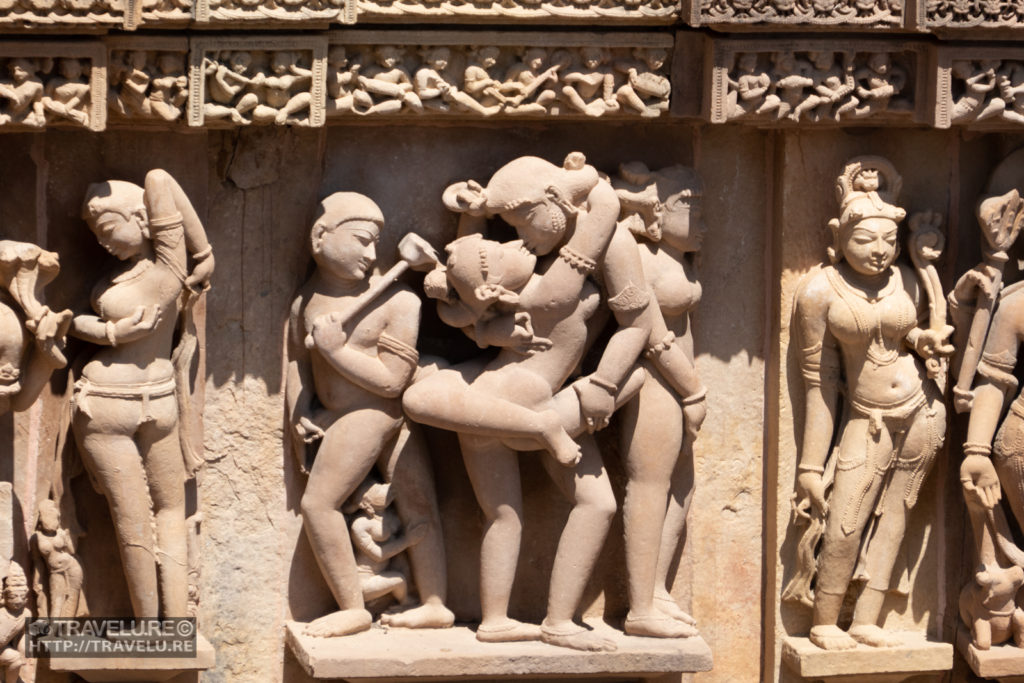
The 22 temples that remain are the jewels of temple architecture in India. UNESCO inscribed them on the World Heritage Sites list as early as 1986. Forming three broad clusters, the authorities have stacked the Hindu Temples as Western, Southern, and Eastern Group of Temples. Besides these, there are a few Jain temples dotting this temple town. Similar sculptures decorating some of those, too.
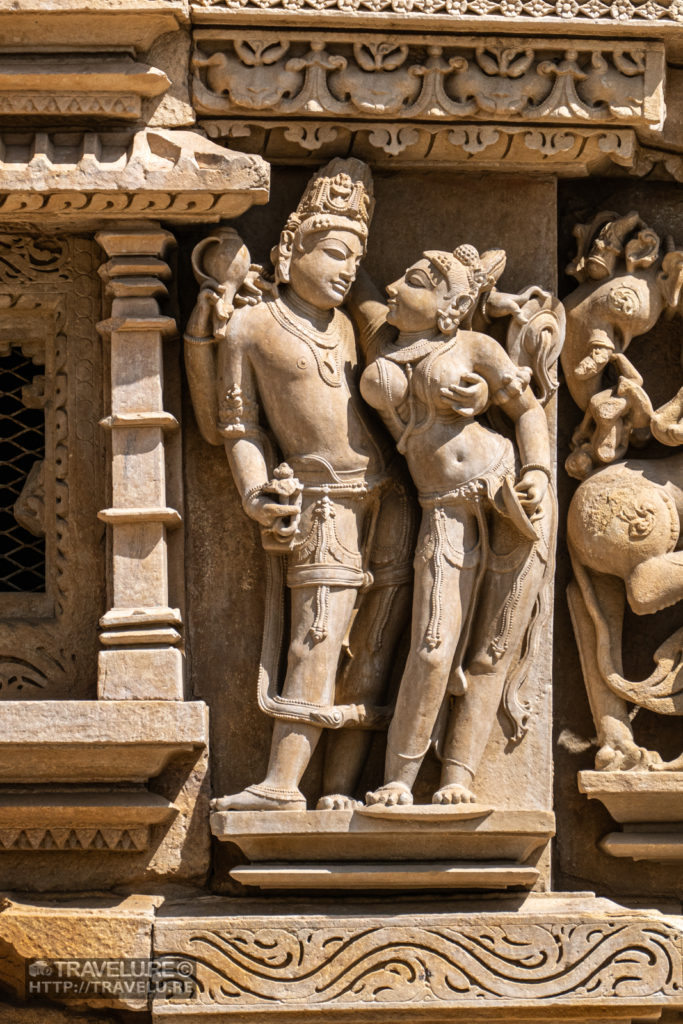
Glorifying Sexuality?
Let’s look at the motive of the Chandela kings. They encouraged sculpting of graphic sexual acts, that too on temple exteriors. Why? Liberal thought and courage prompted the Chandela rulers to make a larger point that spiritual enlightenment can only come after one has surmounted the craving for bodily pleasure.
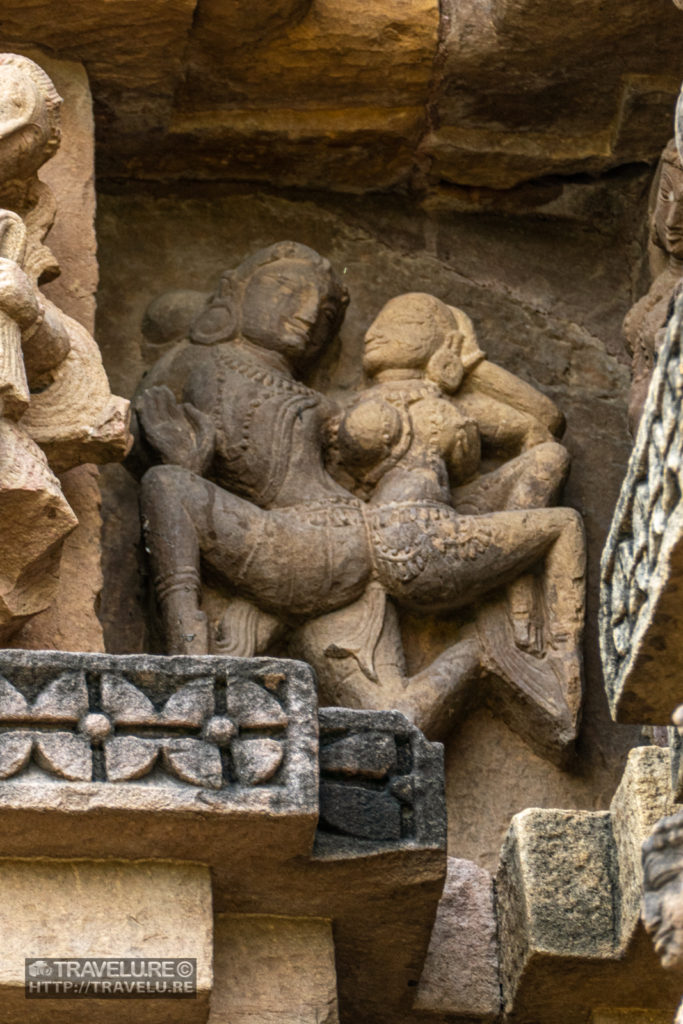
These sculptures have attracted epithets like erotic, pornographic, sensual, and more, but their presence around the temple walls reflect a basic human instinct. These depictions embrace the basal, natural, and sometimes, the unnatural acts as part of human existence.
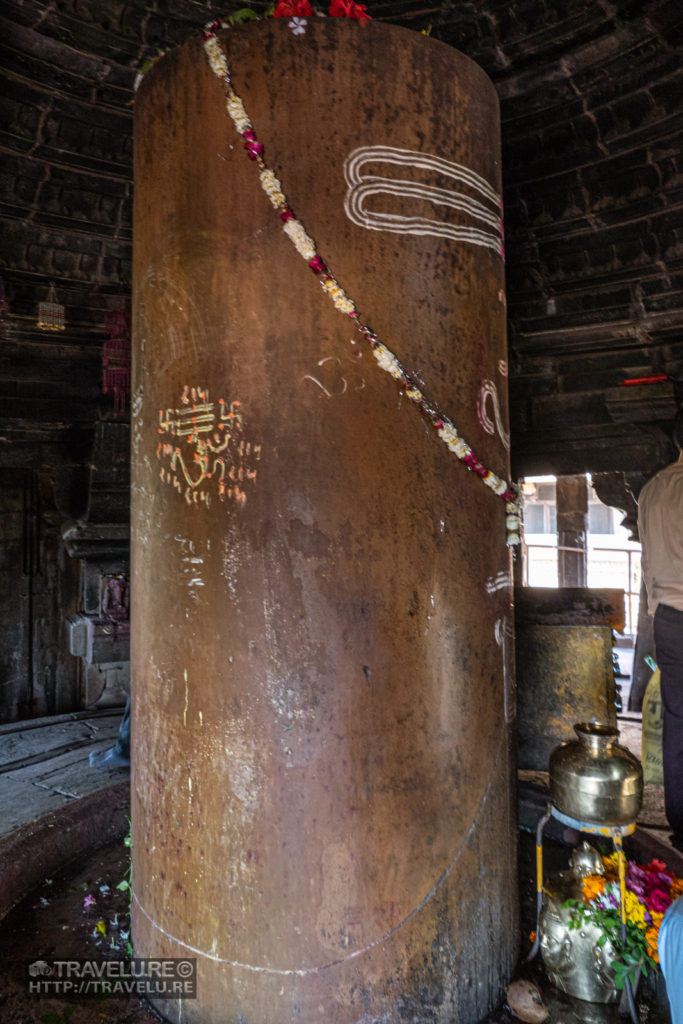
Exploring Khajuraho
Of all the groups of temples, the most remarkable is the Western Group. While most of these temples are architectural heritage, Matangeshwara Temple, on the fringe of the Western cluster, still attracts devotees who worship a massive Shiva Linga here. Devoid of any sculptures, the temple is more famous for a legend. The story goes that the Linga extends as much into the ground as it is above and grows a sesame seed length every year.
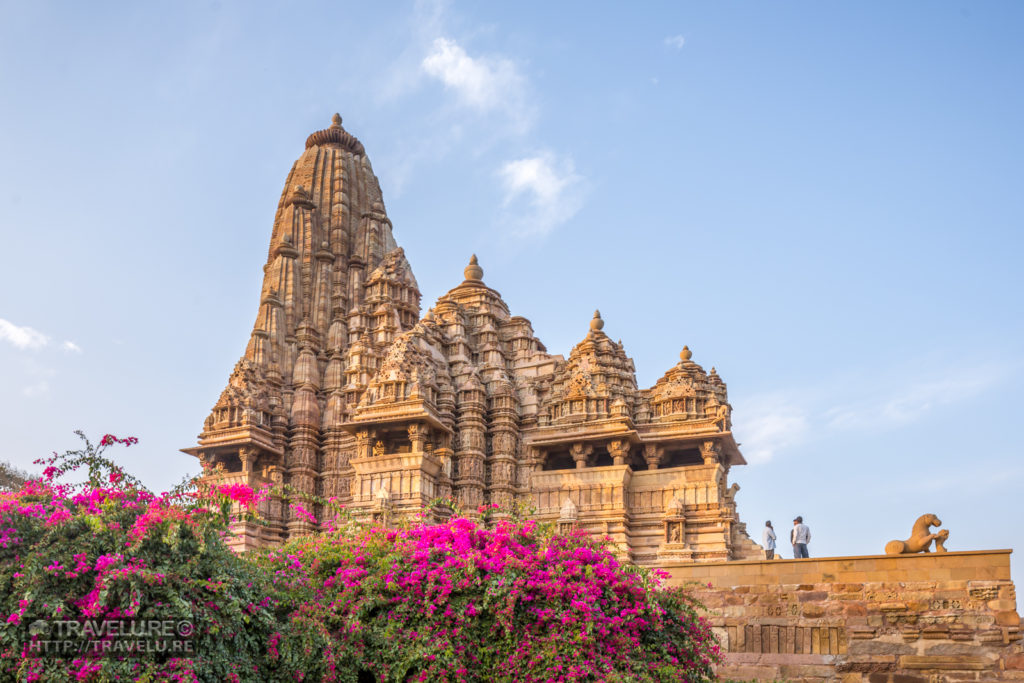
Just next to it is the Duladeo (The groom lord) or the Kunwar Math Temple, the youngest temple of the complex (built circa 1060-1100 AD). Like most temples in the complex, even this one follows the Shikhar architecture but the intricate, sculpted relief panels in this temple encompass two specific characteristics. Mango canopies instead of trees along with the celestial nymphs, Apsaras, in all their glory, and a focus on the facial expressions of the sculptures.
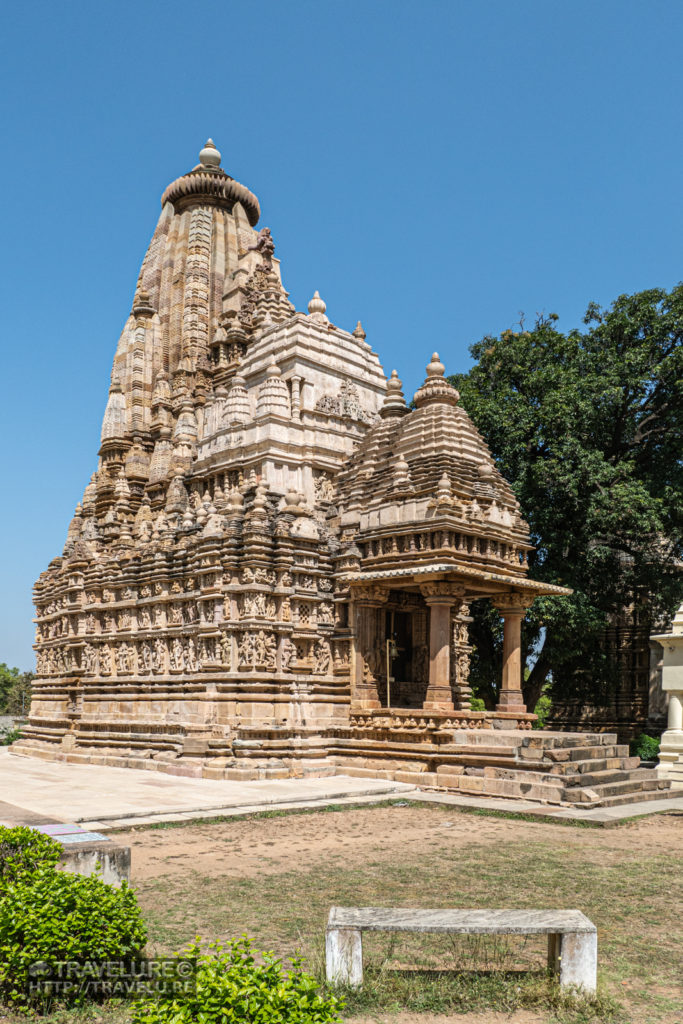
The erotica extends to the Jain temples in Khajuraho, to the Parshvanatha Temple in particular, which have sculptures of Vaishnavite gods and their consorts indulging in a sensual display. In fact, one frieze from the Jain Temple has found its way in the ‘Incredible India’ – the global advertising campaign of India Tourism. For some time, they adopted it as India Tourism’s mnemonic.
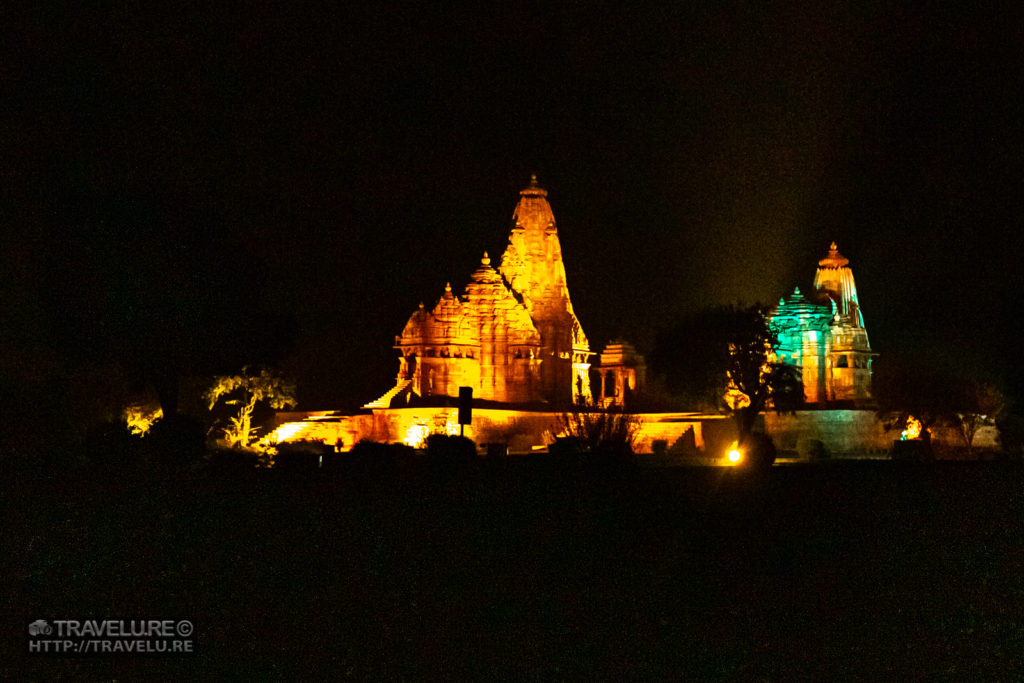
About the sculptures
Despite conflicting views on the sculptures covering these temples, you cannot ignore the artistry that created lifelike grace. There is nothing coarse about it. In fact, these compositions vibrate with sensitivity and emotion. Whether the subject is a demon, a god, an animal, or an ordinary man or woman, its proportions and contours do not cease to amaze you. Another striking feature is the uniformity and balance of adjoining and repeating panels. The precision of the craftsmen leaves you gaping.
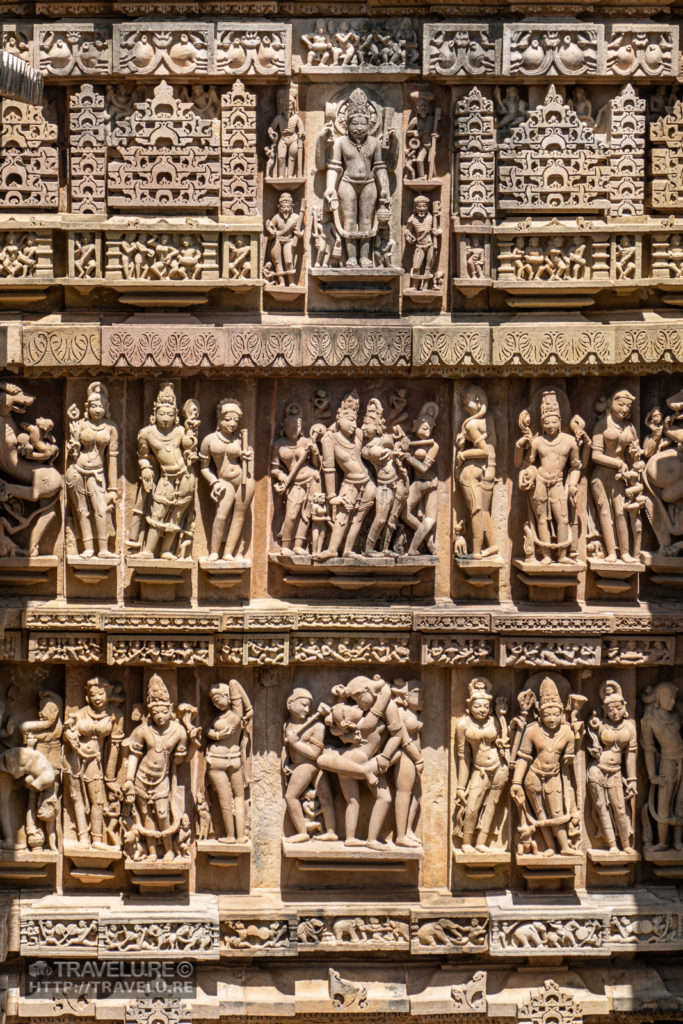
Regardless of your mindset, visiting Khajuraho and seeing the temples that have survived a millennium will leave you with your own interpretation of these sculptures. Experiencing these first-hand will change whatever hearsay-generated view you may hold.
For the travellers visiting Khajuraho to see the so-called Kamasutra Temples, the Madhya Pradesh Tourism has put together a Sound & Light Show in the Western Temples Complex. That provides the viewer with a historical perspective and one interpretation of ‘why erotic sculptures’. Plan a visit once these lockdown times are behind us. Until then, take a visual tour here.

